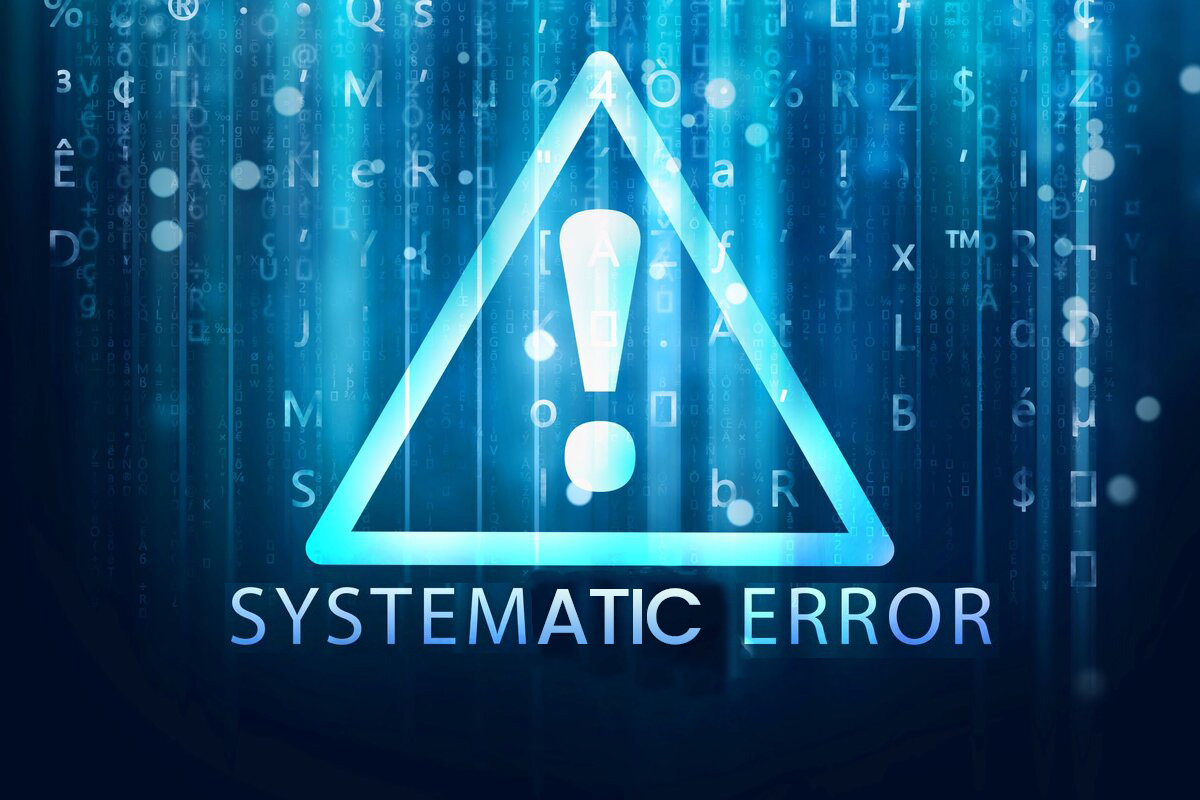- Satteläcker 17, 70565 Stuttgart, Germany

Surveying is a set of calculations and measurements that result in the creation of a map. In any surveying operation, the presence of errors (systematic and random errors) is certain and unavoidable. By analyzing these errors, we can achieve the desired accuracy in measurements, and it is evident that precise measurements lead to accurate calculations. Instead of using expensive equipment and wasting time, we can employ methods that achieve suitable accuracy with minimal effort and cost. The measurements we obtain have slight differences from the actual values, and this difference is referred to as an error. The major sources of these errors include:
Temperature changes, light refraction, wind, ground variations, etc.
Lack of skill and experience in the work, disruption of human senses such as vision and hearing, etc.
These result from technical deficiencies or improper calibration of the equipment. By identifying the problem and applying an appropriate method and necessary corrections, we can eliminate its effects.
Errors are classified into three categories:
These are errors that occur due to carelessness, inattention, or lack of experience. These types of errors must be completely eliminated from the calculations. To identify Outliers in surveying operations, one can perform the operation in a forward and backward manner.
These are errors that follow a specific pattern, with known causes and magnitudes. The magnitude and direction of these errors remain consistent under similar measurement conditions. Examples include ionospheric and tropospheric errors. For instance, weighing scales with systematic errors will consistently show a person’s weight as either more or less than their actual weight. Collimation error (error in the line of sight of a camera) is considered a systematic error and occurs when the camera is leveled, but the line of sight is not horizontal.

Even after eliminating the above errors, some measurement errors still persist, which are referred to as random errors. These errors are unpredictable and cannot be corrected or calculated. Causes may include limitations of human senses, insufficient precision, or defects in the measuring instrument.
References:


Nerxon is set to present its latest advancements in GNSS technology at the upcoming INTERGEO 2024 exhibition in Stuttgart, taking place from September 24 to 26, 2024. This prestigious ...

Advanced Mobile Application and Seamless Integration Nerxon’s mobile application, developed to give users complete control over the device, comes equipped with integrated Augmented Reality (AR) features. This offers an ...

Nerxon Unveils Revolutionary GNSS Technology at INTERGEO 2024 Nerxon is excited to announce the launch of its latest breakthrough in GNSS technology at INTERGEO 2024, a leading global event ...

Nerxon Unveils the N900: A Revolutionary Visual Positioning System with Integrated GNSS Technology Nerxon is proud to announce the release of its latest innovation, the N900—a cutting-edge Visual Positioning ...

+491635197153
Satteläcker 17, 70565 Stuttgart, Germany
info@nerxon.com
Very interesting topic, thankyou for putting up. “Nobody outside of a baby carriage or a judge’s chamber believes in an unprejudiced point of view.” by Lillian Hellman.
https://www.droversointeru.com